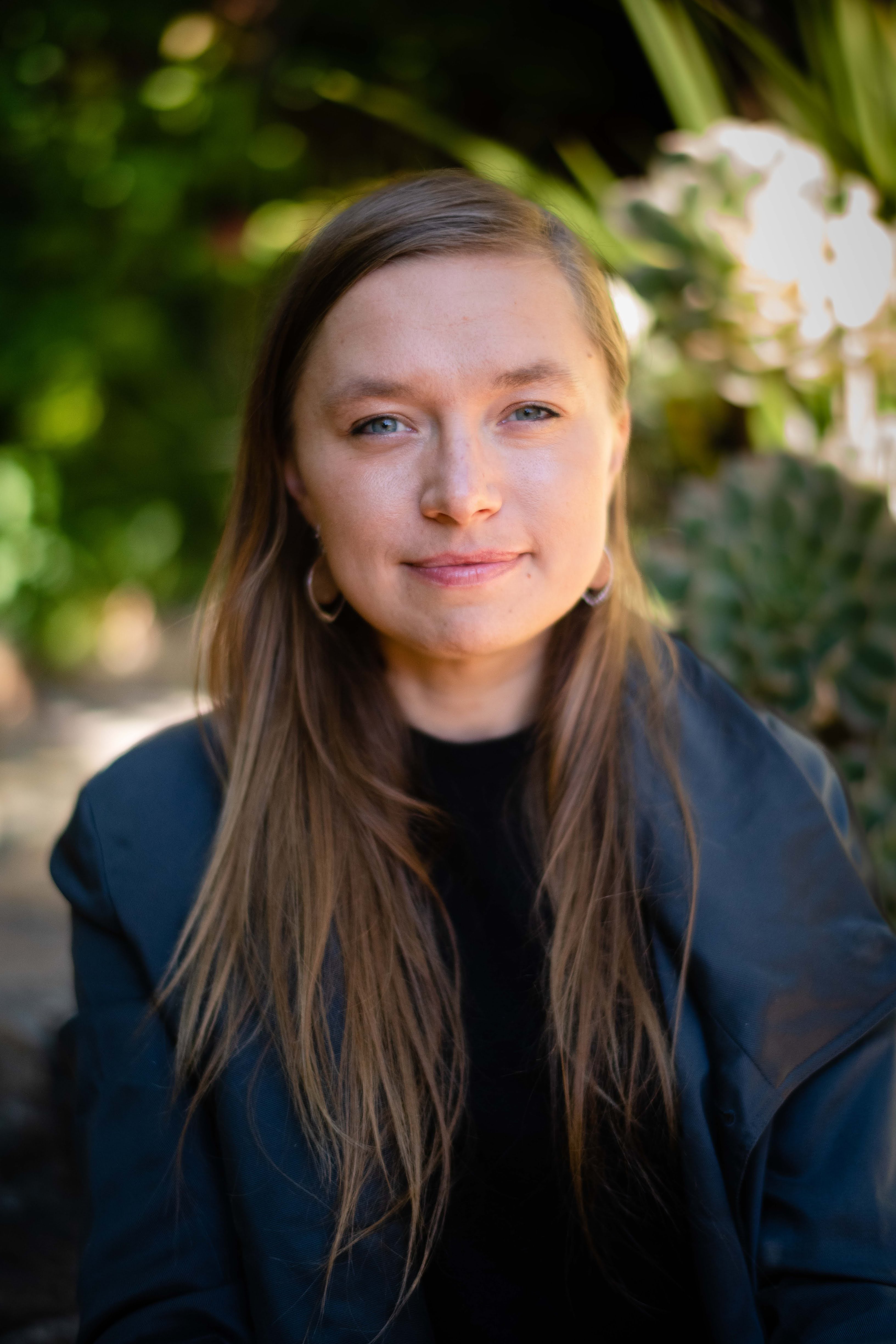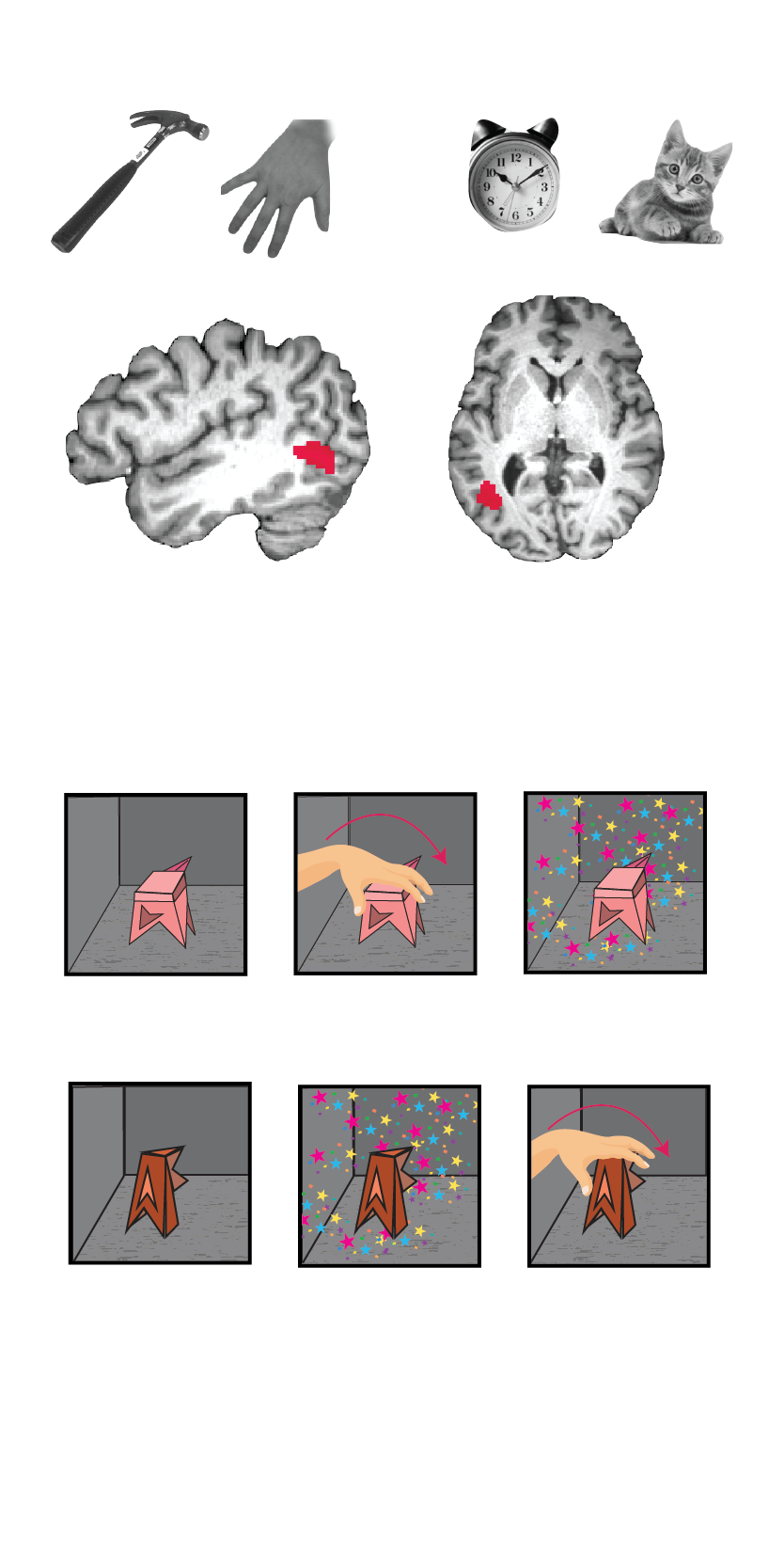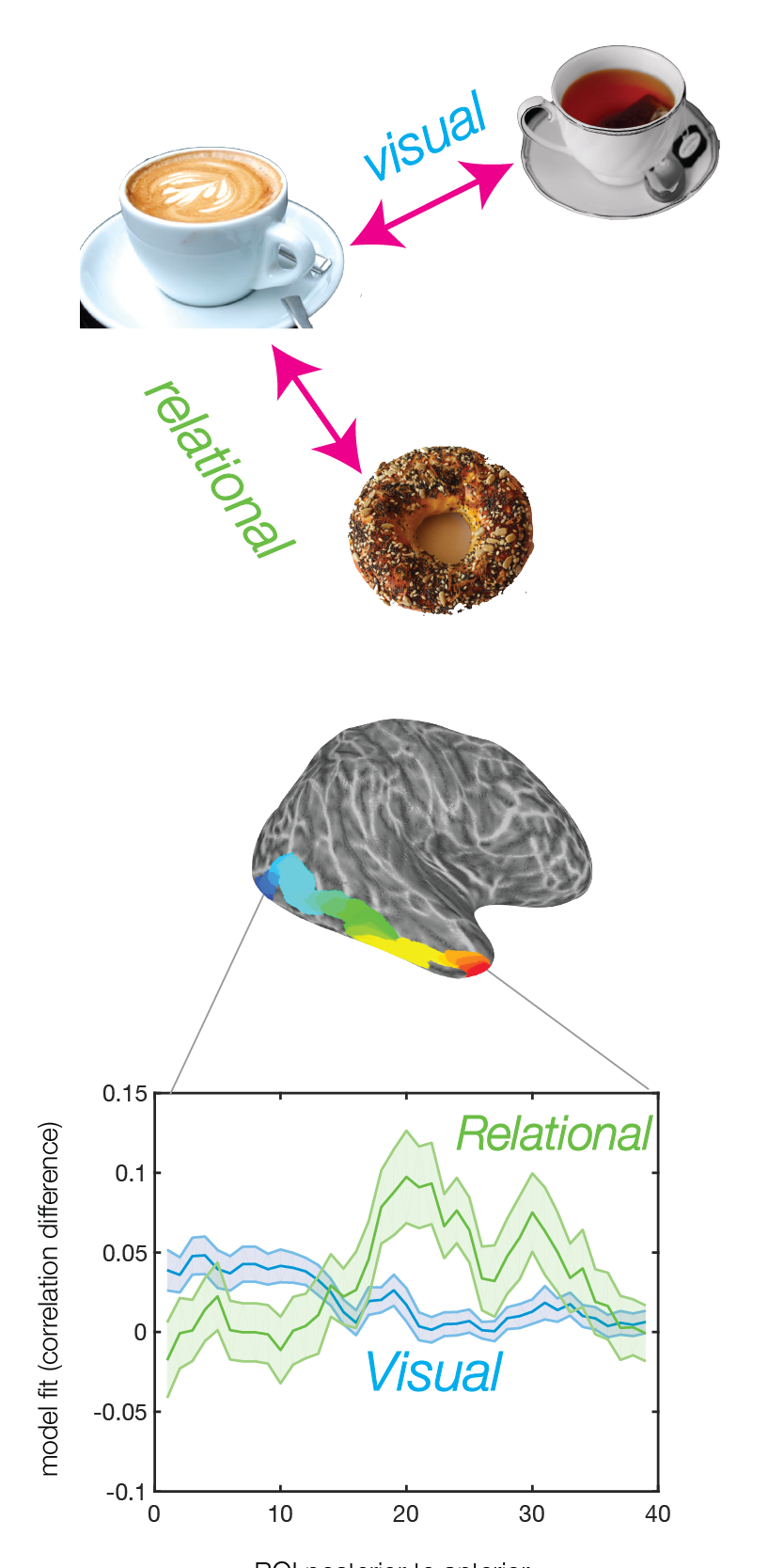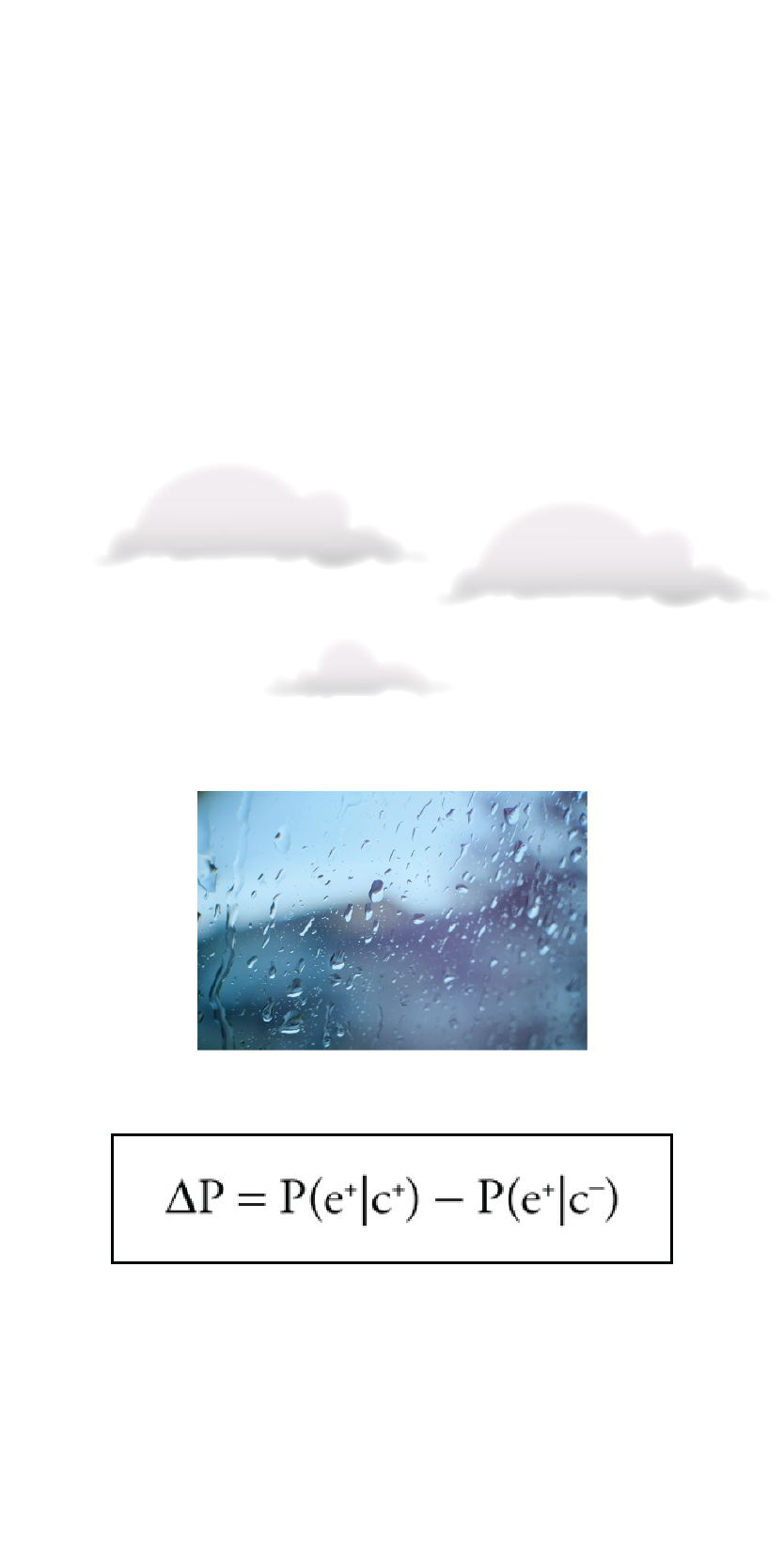Leshinskaya, A. & Chakroff, A. (2023). Value as semantics: representations of human moral
and hedonic value in large language models. Advances in Neural Information Processing Systems (37), AI meets moral philosophy and moral psychology workshop. PDF
Leshinskaya, A., & Thompson-Schill, S.L. (under review). Computations of contingency guide how experience is encoded in memory: backward blocking in statistical learning. psyArXiv
Leshinskaya, A., Nguyen, M.A., & Ranganath, C. (2023). Integration of event experiences to build relational memory in the human brain. Cerebral Cortex. PDF
Leshinskaya, A., Bajaj, M. & Thompson-Schill, S.L. (2023). Novel objects with causal schemas elicit selective responses in tool- and hand-selective lateraloccipito-temporal cortex. Cerebral Cortex, 33 (9), 5557-5573. pdf
Leshinskaya, A., & Lambert, E. (2022). Implications from the philosophy of concepts for the neuroscience of memory systems. In F. De Brigard & W. Sinnott-Armstrong (Eds.), Neuroscience and Philosophy. Cambridge, MA: MIT Press.
Leshinskaya, A., Bajaj, M. & Thompson-Schill, S.L. (2020). Incidental binding between predictive relations. Cognition. 199(2020):104238.pdf
Leshinskaya, A., & Thompson-Schill, S.L. (2020). Transformation of event representations along middle temporal gyrus. Cerebral Cortex. 30(5), 3148–3166. pdf
Leshinskaya, A., & Wurm, M. F., & Caramazza, A. (2020). Concepts of actions and their objects. In M. Gazzaniga, G. R. Mangun, & D. Poeppel. The Cognitive Neurosciences, 6th edition. pdf
Leshinskaya, A., Lambert, E., & Thompson-Schill, S.L. (2019). Algebraic patterns as ensemble representations. In A.K. Goel, C. M.Seifert, & C. Freska (Eds.), Proceedings of the 41st Annual Conference of the Cognitive Science Society (pp. 646-650). Montreal, QB: Cognitive Science Society. pdf
Leshinskaya, A., & Thompson-Schill, S.L. (2019). From the structure of experience to concepts of structure: how the concept 'cause' applies to objects and events. Journal of Experimental Psychology: General 148 (4), 619-643. pdf
Leshinskaya, A., & Thompson-Schill, S.L. (2018). Inferences about uniqueness in statistical learning. In T.T. Rogers, M. Rau, X. Zhu, & C. W. Kalish (Eds.), Proceedings of the 40th Annual Conference of the Cognitive Science Society (pp 2020-2025) Austin, TX: Cognitive Science Society. pdf
Leshinskaya, A., Contreras, J.M., Caramazza, A. & Mitchell, J.P. (2017). Neural representations of belief concepts: A representational similarity approach to social semantics. Cerebral Cortex, 27, 344–357. pdf
Leshinskaya, A., & Caramazza, A. (2016). For a cognitive neuroscience of concepts : Moving beyond the grounding issue. Psychonomic Bulletin & Review, 23(4), 991–1001. pdf
Leshinskaya, A., & Caramazza, A. (2015). Abstract categories of functions in anterior parietal lobe. Neuropsychologia, 76, 27–40. pdf
Leshinskaya, A., & Caramazza, A. (2014). Nonmotor aspects of action concepts. Journal of Cognitive Neuroscience, 26(12), 2863–2879. pdf
Leshinskaya, A., & Caramazza, A. (2014). Organization and structure of conceptual representations. In V. Ferreira, M. Goldrick, & M. Miozzo (Eds.),Oxford Handbook of Language Production (pp. 118–133). Oxford: Oxford University Press. pdf







